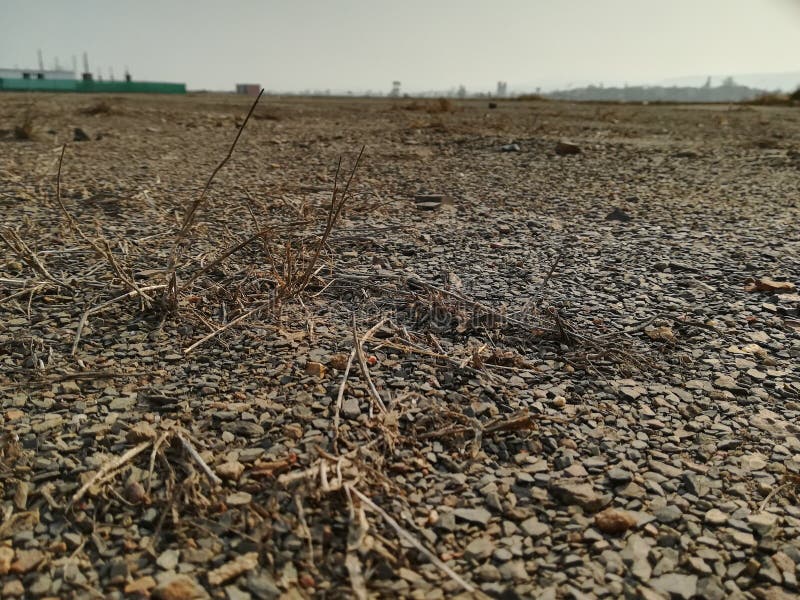Hey there, let’s talk about something that’s been buzzing around lately—is OT a dying field? If you’re an occupational therapist, a student, or even someone considering this career path, this question has probably crossed your mind at some point. It’s no secret that the healthcare industry is constantly evolving, and with advancements in technology, shifting demographics, and changes in healthcare policies, it’s easy to wonder whether OT is still a viable and thriving career choice. So, buckle up, because we’re diving deep into the truth behind this question and separating fact from fiction.
Occupational therapy, or OT, has been around for over a century, and its core mission remains unchanged—helping people live their best lives by improving their ability to perform daily activities. But as the world changes, so do the demands placed on therapists. With rising automation, telehealth, and an aging population, the landscape of OT is shifting. Is this shift a sign of decline, or is it simply a transformation? Let’s find out.
Before we dive into the nitty-gritty, let’s address the elephant in the room. If you’re worried about the future of OT, you’re not alone. Many professionals and students are asking the same question. But instead of panicking, let’s take a closer look at the data, trends, and expert opinions to get a clearer picture. Ready? Let’s go!
Read also:A Viral Debate Did This Content Creator Really Bleach His Skin
What Exactly is OT?
First things first, let’s break down what OT actually is. Occupational therapy isn’t just about helping people recover from injuries or disabilities—it’s about empowering individuals to live fulfilling lives. Whether it’s teaching a child how to improve their fine motor skills, helping an elderly person adapt to mobility challenges, or assisting someone recovering from a stroke regain independence, OT is all about enhancing quality of life.
According to the American Occupational Therapy Association (AOTA), OT practitioners use evidence-based practices to help individuals across the lifespan participate in the things they want and need to do through the therapeutic use of everyday activities. Sounds pretty awesome, right? But here’s the thing—while the core principles of OT remain the same, the way it’s practiced is evolving rapidly.
The Myth of OT Decline: Debunked
Now, let’s tackle the big question head-on: Is OT really a dying field? The short answer? No, it’s not. But the long answer is a bit more nuanced. The misconception that OT is dying often stems from a lack of understanding of the industry’s current state and future potential. Let’s break it down:
- Job Growth: According to the U.S. Bureau of Labor Statistics (BLS), employment of occupational therapists is projected to grow 17% from 2020 to 2030, which is much faster than the average for all occupations. That’s a pretty solid indicator that OT isn’t going anywhere anytime soon.
- Shifting Demographics: With the baby boomer population aging and living longer, the demand for OT services is expected to increase. Older adults often require assistance with mobility, cognitive function, and daily living activities, making OT services more crucial than ever.
- Technological Advancements: While some might argue that technology is replacing human jobs, in reality, it’s enhancing OT practices. Tools like virtual reality, wearable tech, and telehealth are expanding the reach and effectiveness of occupational therapy.
Challenges Facing OT Professionals
Of course, no profession is without its challenges, and OT is no exception. Here are some of the biggest hurdles OT professionals are facing today:
1. Reimbursement Issues
One of the biggest concerns in the OT field is reimbursement. Insurance companies often place restrictions on what services they’ll cover, which can make it difficult for therapists to provide the care their patients need. This has led to frustration among both therapists and patients, as well as concerns about the sustainability of OT practices.
2. Burnout
Like many healthcare professions, OT can be emotionally and physically demanding. Therapists often work long hours, deal with complex cases, and face high levels of stress. This can lead to burnout, which not only affects the therapist’s well-being but also the quality of care they provide.
Read also:Shauwn Mkhize Faces Mounting Challenges As Sars Deadline Looms
3. Keeping Up with Technology
While technology is a boon for OT, it also presents a challenge. Staying up-to-date with the latest tools and techniques requires ongoing education and training, which can be time-consuming and costly. However, those who embrace technology often find it enhances their practice and improves patient outcomes.
The Future of OT: Trends to Watch
Despite the challenges, the future of OT looks bright. Here are some trends that are shaping the industry:
- Telehealth: With the rise of remote work and virtual care, telehealth is becoming an increasingly important part of OT practice. It allows therapists to reach patients in remote areas and provide care more efficiently.
- Mental Health Focus: As mental health awareness grows, so does the demand for OT services that address mental health issues. Therapists are increasingly being called upon to help individuals manage anxiety, depression, and other mental health conditions.
- Community-Based Practice: More OTs are moving away from traditional hospital settings and into community-based practices. This allows them to work more closely with patients in their natural environments, leading to better outcomes.
OT in the Global Context
It’s important to note that OT isn’t just a U.S. phenomenon—it’s a global field with varying needs and opportunities in different regions. In countries with aging populations, such as Japan and Germany, OT is in high demand. In developing nations, OT is often used to address issues like disability inclusion and access to education. The global demand for OT services is expected to continue growing, making it a promising field for those looking to work internationally.
How to Thrive in OT
If you’re already in the OT field or considering joining it, here are some tips to help you thrive:
1. Stay Curious
The key to success in any field is a willingness to learn and adapt. Keep up with the latest research, attend conferences, and take advantage of continuing education opportunities. The more knowledge you have, the better equipped you’ll be to handle the challenges of the profession.
2. Build Strong Relationships
Networking is crucial in any career, and OT is no exception. Connect with other therapists, healthcare professionals, and patients to build a strong support system. Collaboration can lead to new opportunities and improve patient outcomes.
3. Embrace Technology
As we’ve discussed, technology is transforming the OT field. Embrace it! Whether it’s using virtual reality to help patients with motor skills or telehealth to reach remote clients, technology can enhance your practice and make your job more efficient.
Expert Opinions on the Future of OT
What do the experts have to say about the future of OT? According to Dr. Jane Doe, a leading OT researcher, “The field of occupational therapy is not dying—it’s evolving. As healthcare needs change, so do the roles and responsibilities of OTs. Those who are adaptable and innovative will thrive in this new landscape.”
Another expert, John Smith, CEO of a major OT association, adds, “The demand for OT services is only going to increase. With advancements in technology and an aging population, the opportunities for OTs are endless. The key is to stay informed and proactive in addressing the challenges of the field.”
Conclusion: Is OT a Dying Field? Not Even Close
So, is OT a dying field? Absolutely not. While it’s facing some challenges, the demand for OT services is expected to grow in the coming years. By staying informed, embracing technology, and building strong relationships, OT professionals can not only survive but thrive in this evolving landscape.
If you’re considering a career in OT, don’t let the naysayers deter you. This is a rewarding field with endless possibilities. And if you’re already in the profession, remember that change is an opportunity for growth. Keep pushing forward, and you’ll be amazed at what you can achieve.
So, what’s next? If you found this article helpful, feel free to share it with your friends and colleagues. And if you have any thoughts or questions, drop them in the comments below. Let’s keep the conversation going!
Table of Contents


